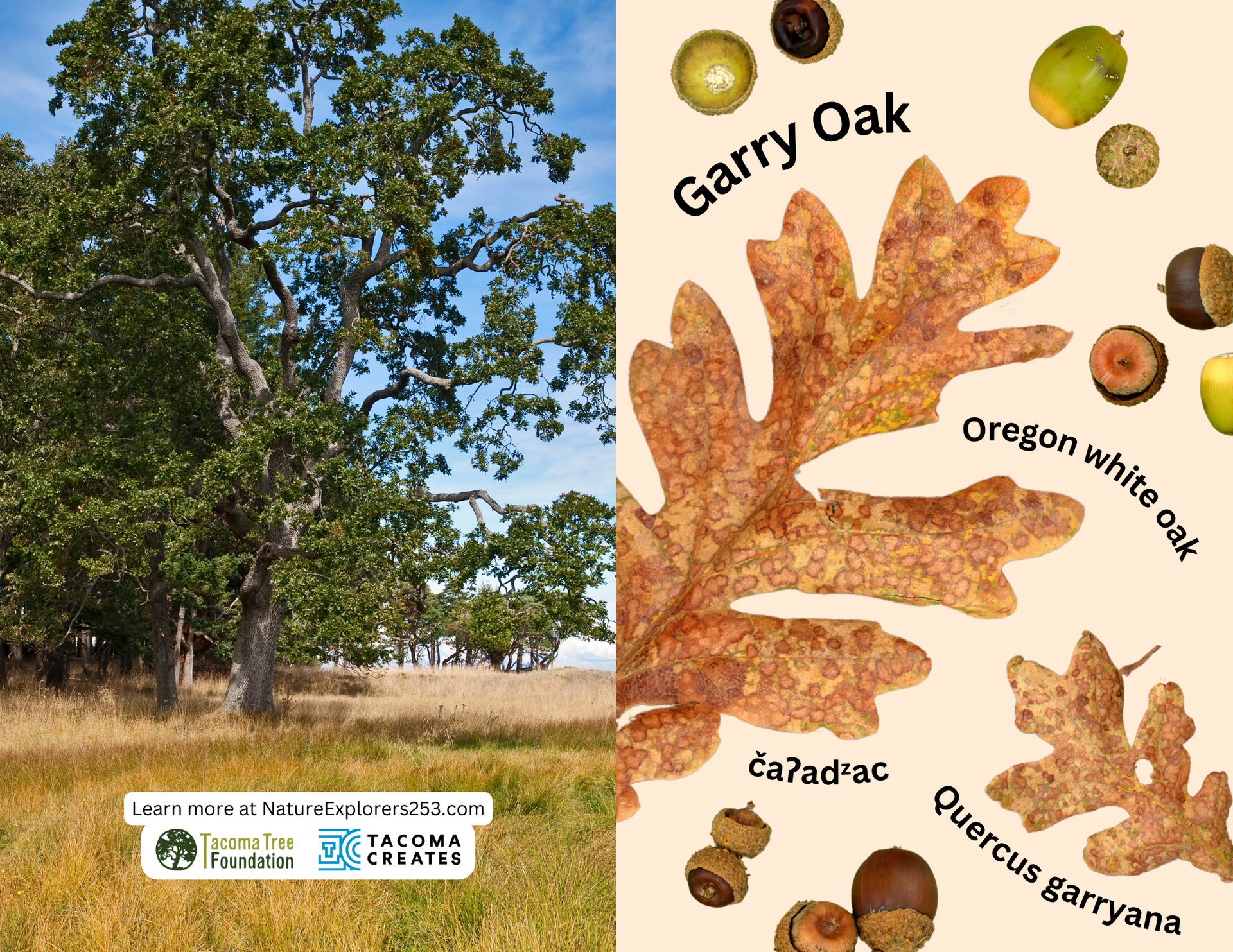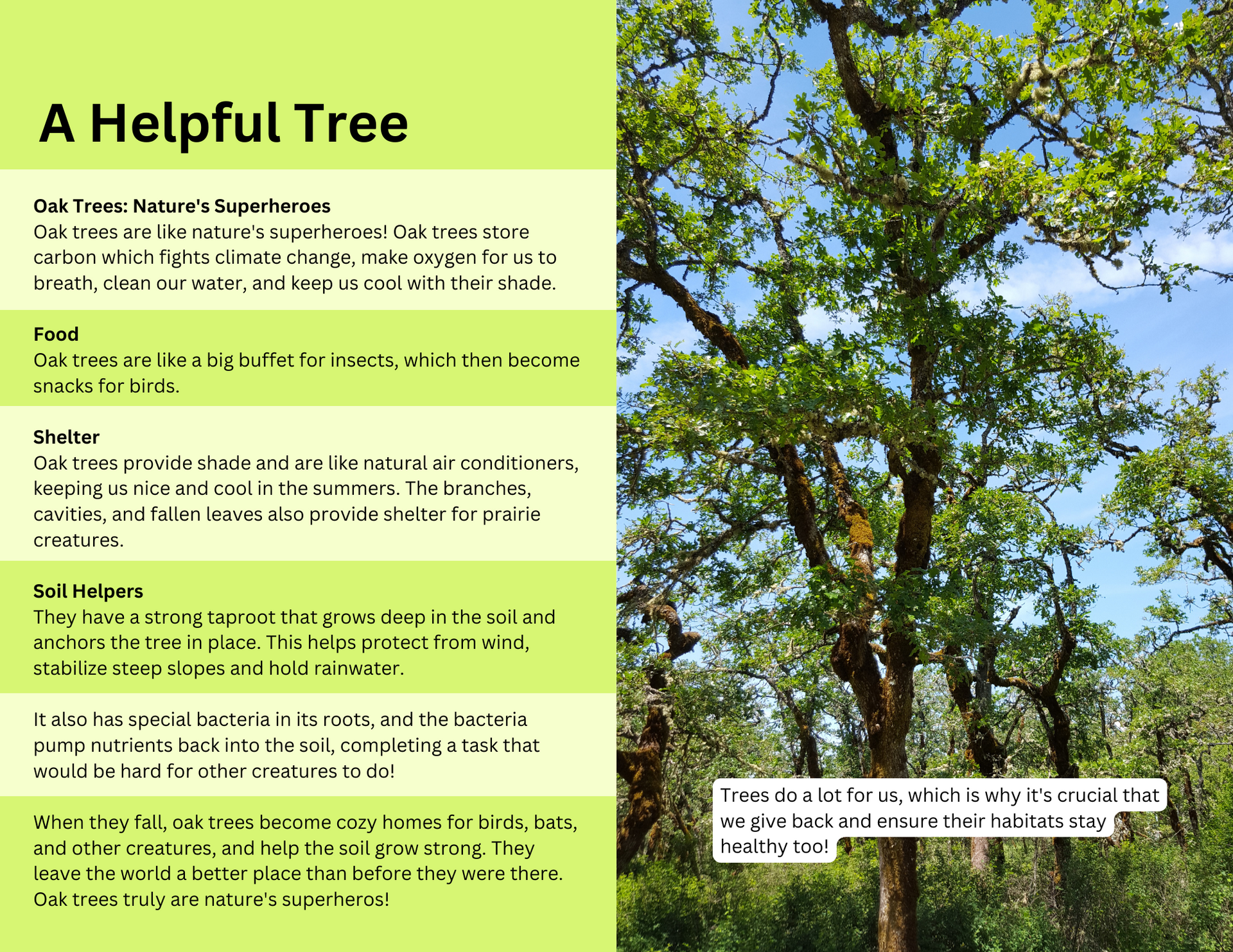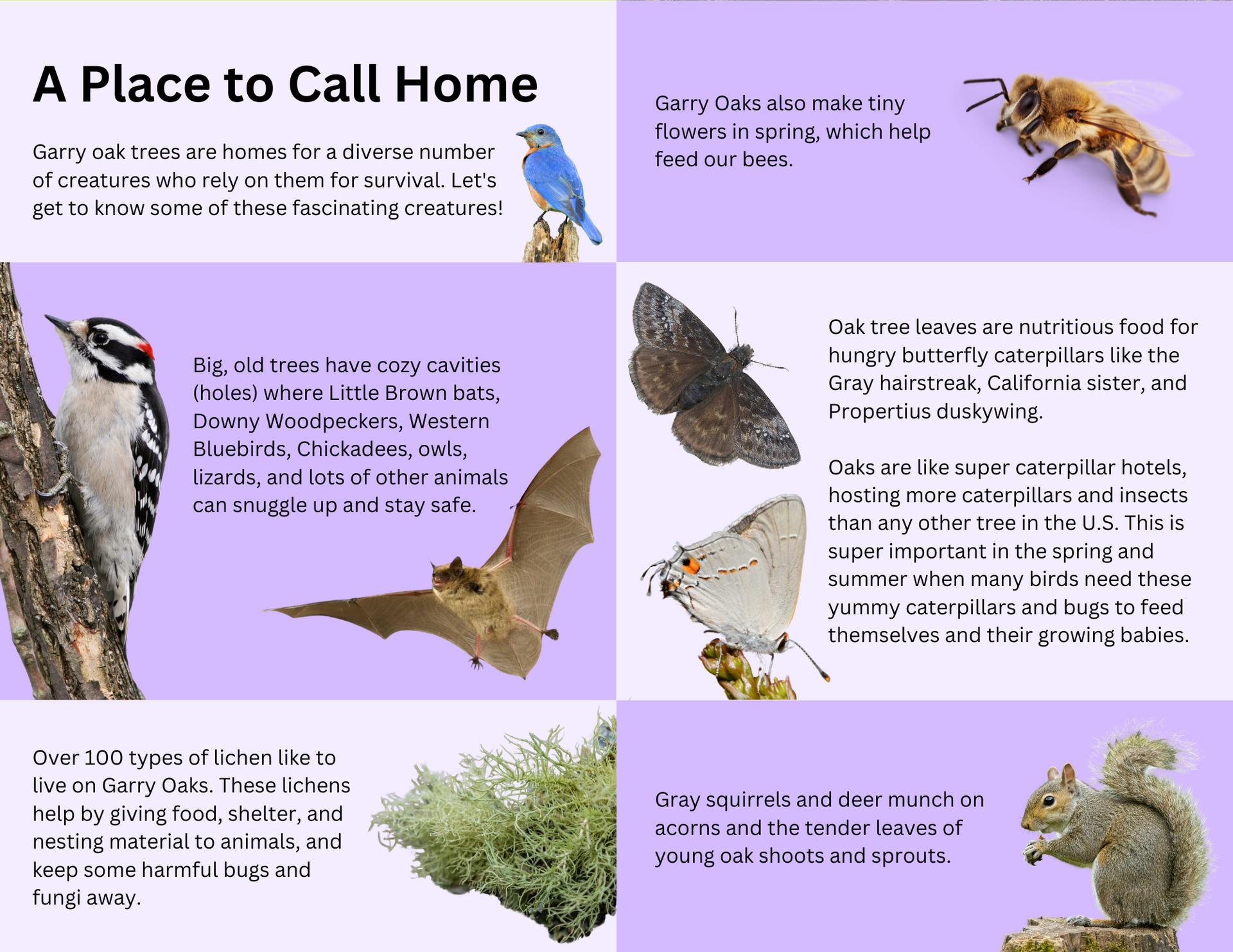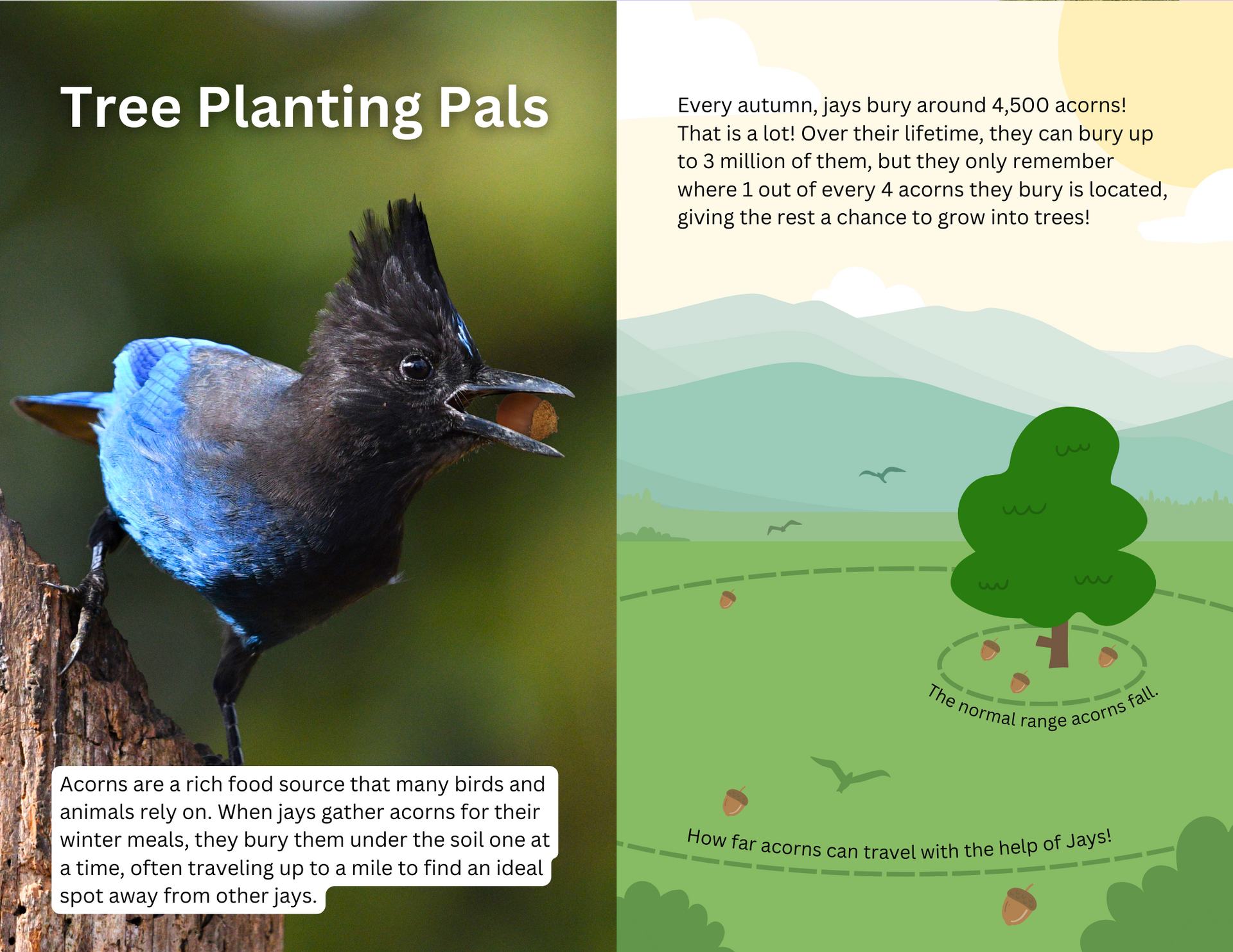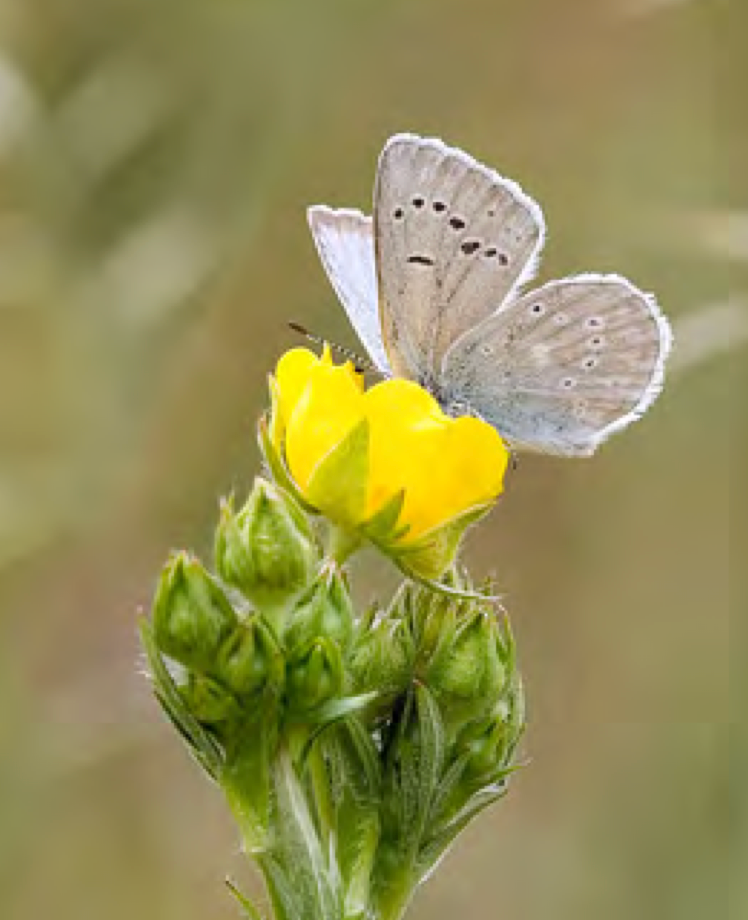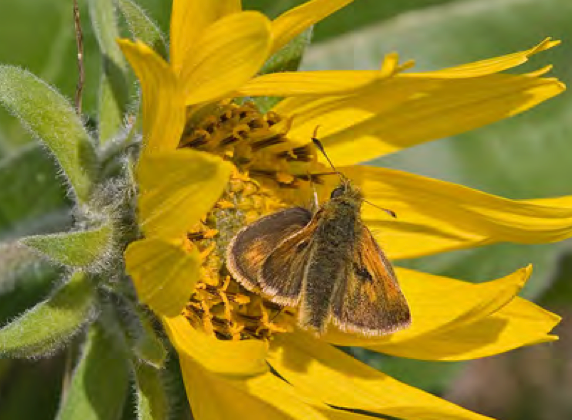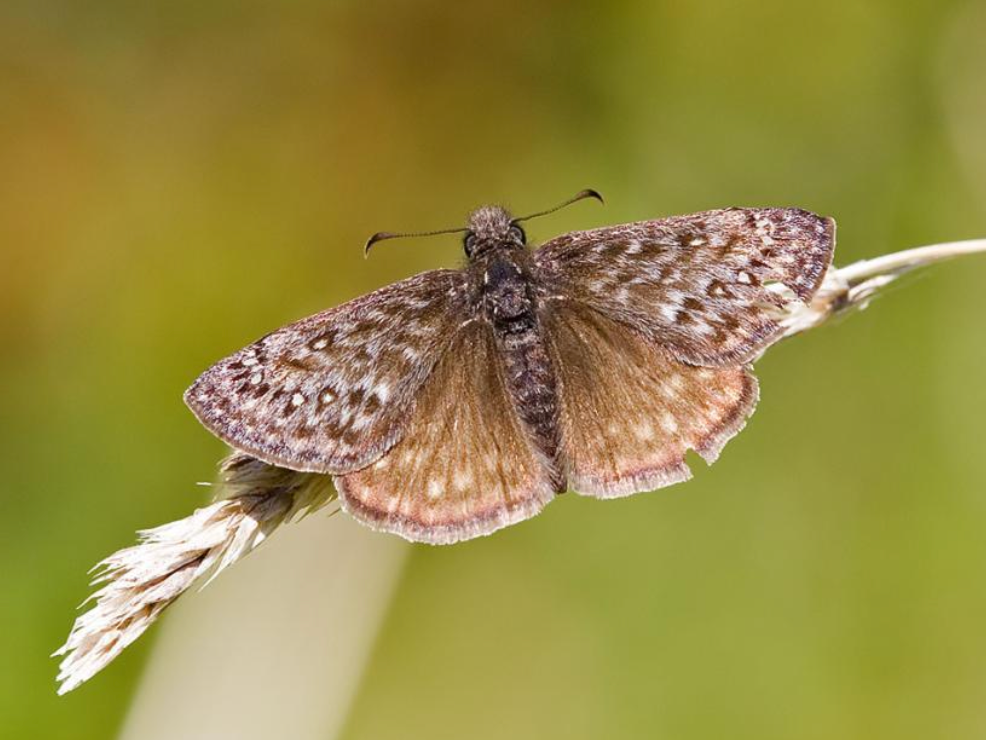Prairie Pals
Glacial Beginnings
15,000 years ago, huge glaciers moved over the land, leaving behind rocky soils. These rocky soils experienced lots of droughts and when the soil dried out each year, it stopped trees from growing and caused lots of fires.
This allowed grasses, wildflowers, and a few trees to grow, forming the prairies we know today!
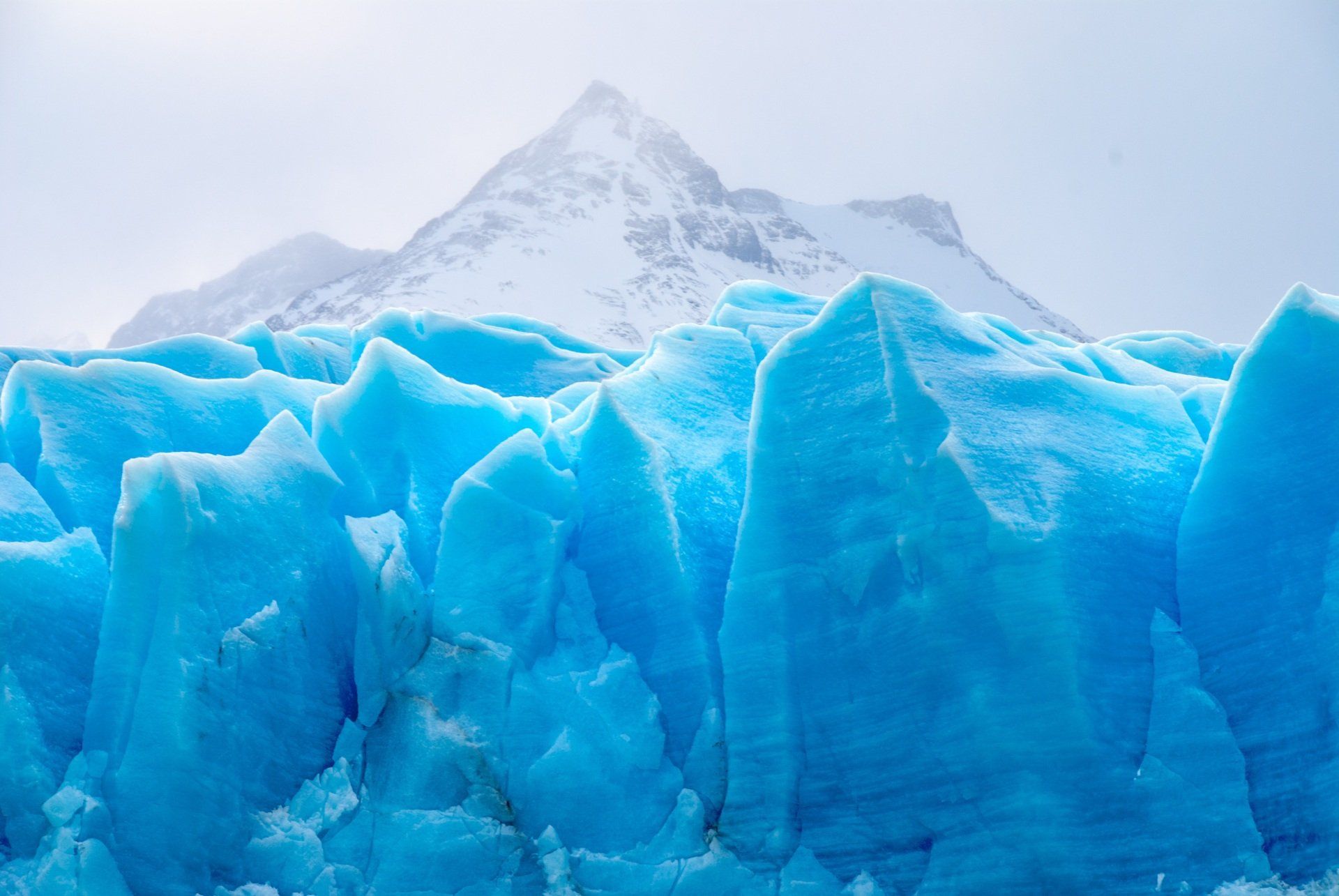
Meet the locals!
Washington prairies are home to an extremely diverse array of plants and wildlife, many of whom can only be found here. Let's meet a few of the familiar faces!
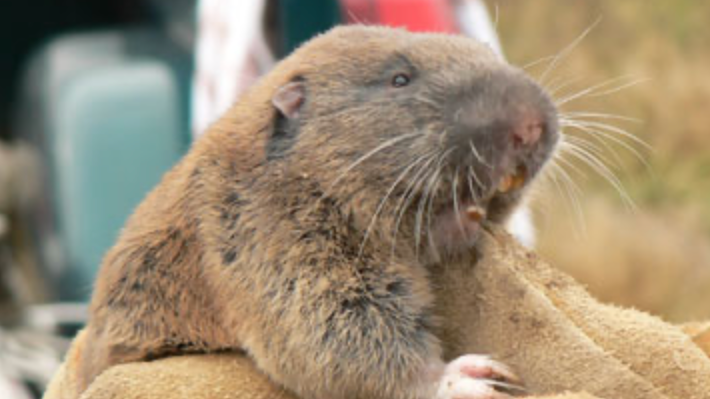
Mazama Pocket Gopher
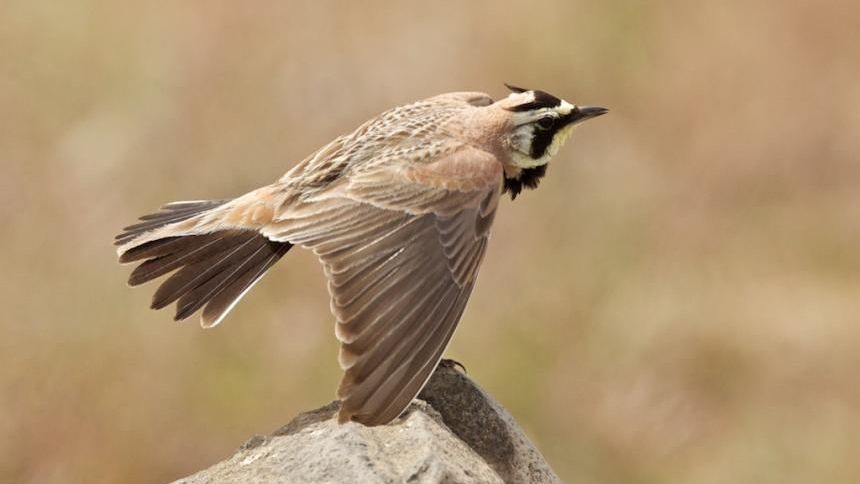
Streaked Horned Lark
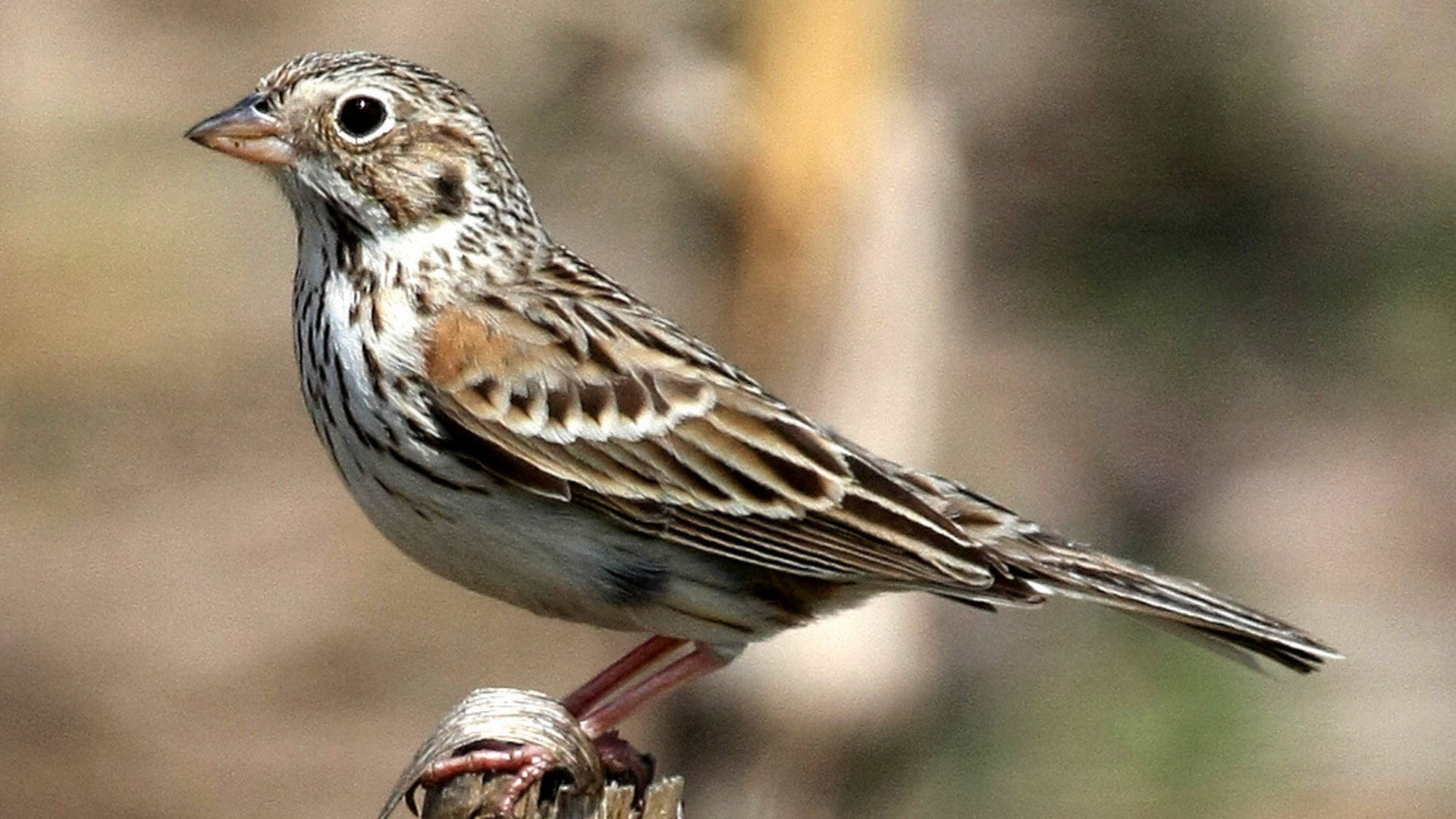
Oregon Vesper Sparrow
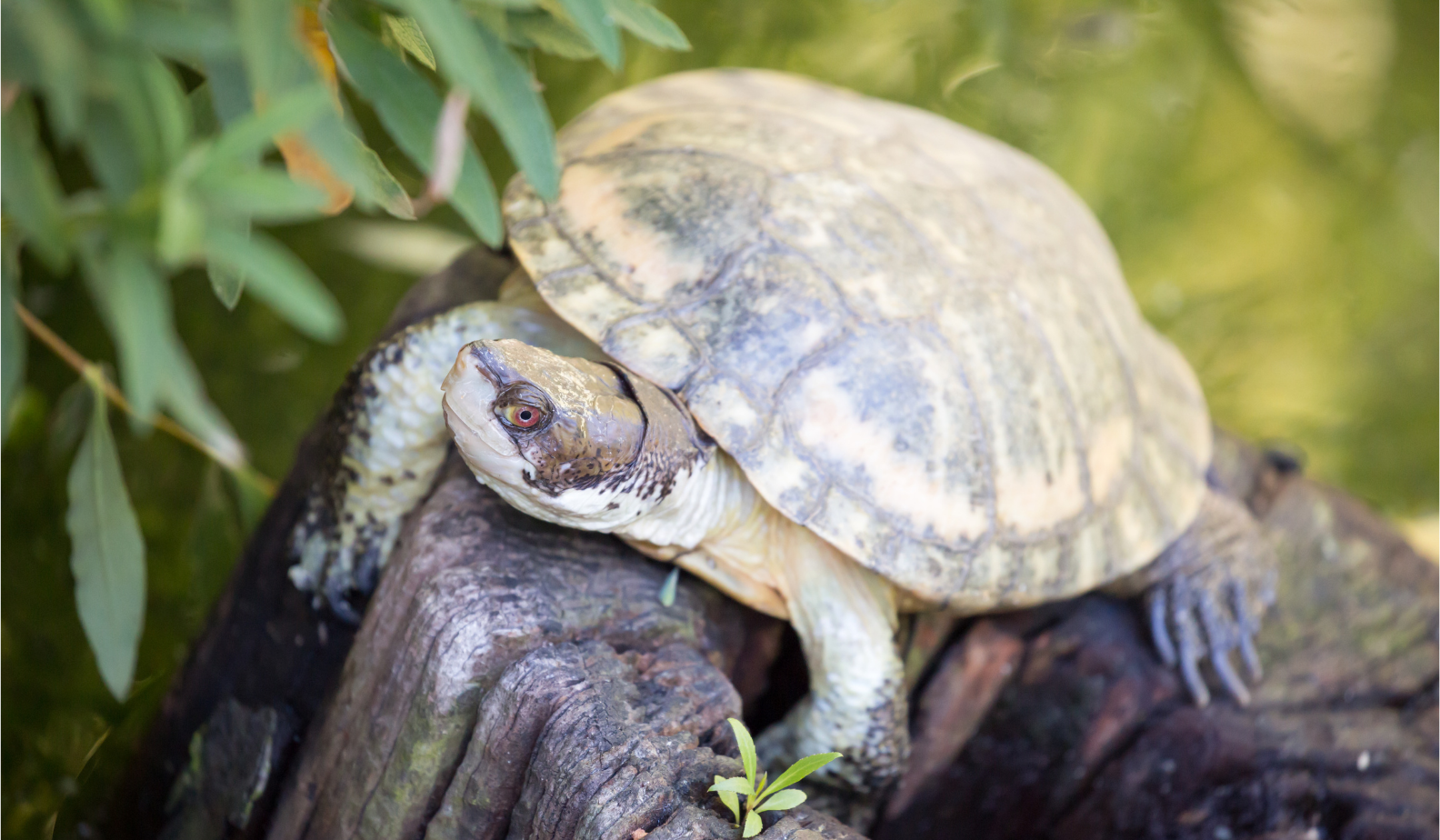
Northwestern Pond Turtle
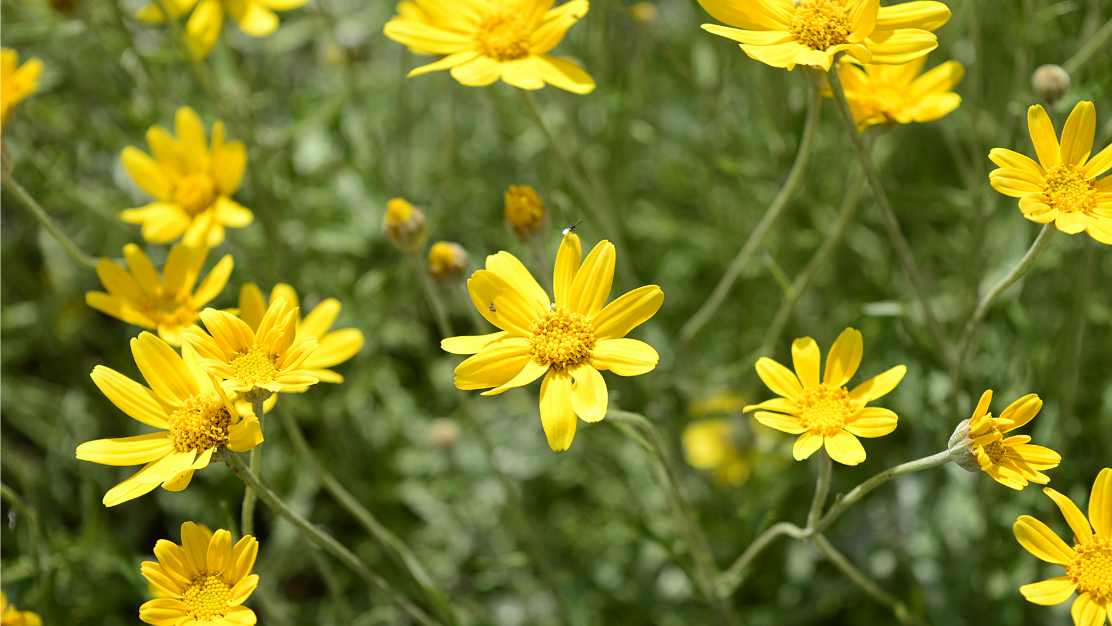
Common Woolly Sunflower
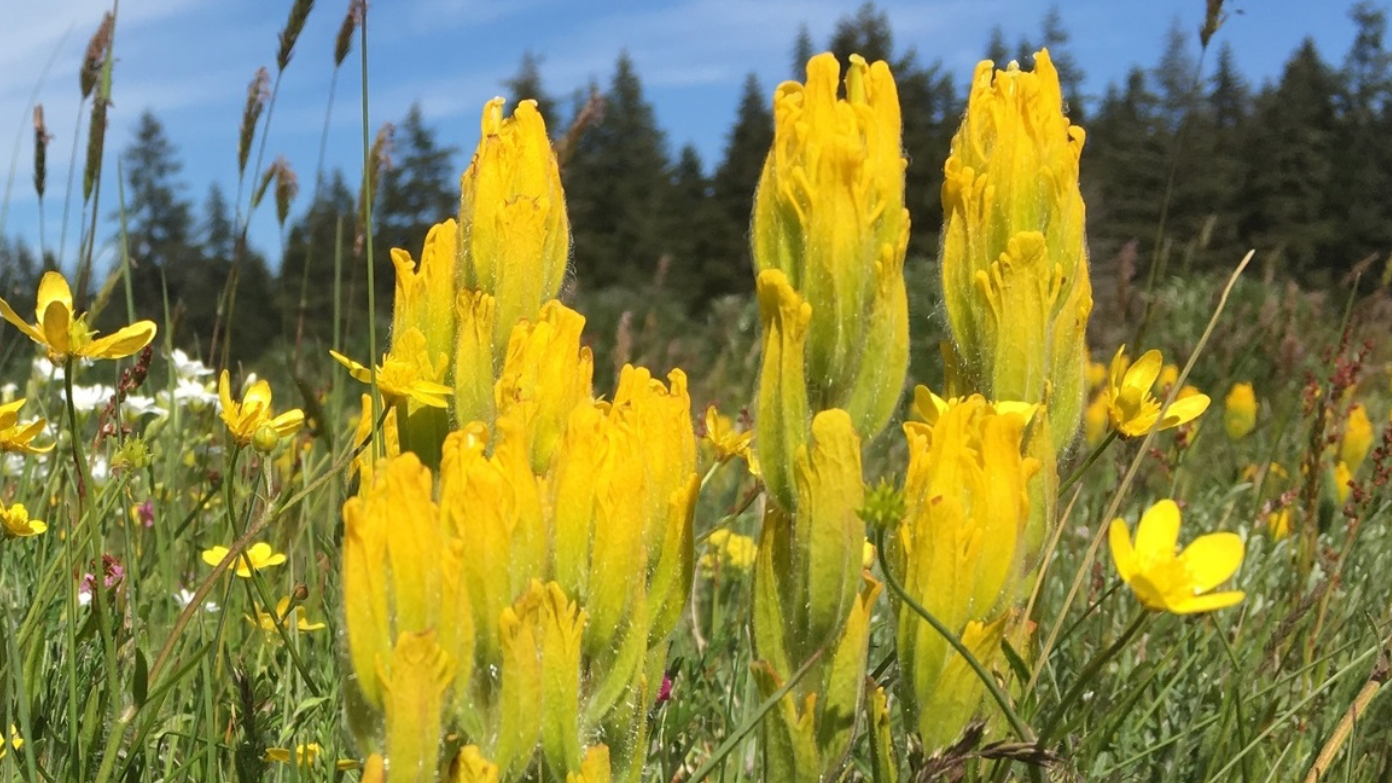
Golden Paintbrush
Built for Fire

Surprisingly, fires are an important part of keeping our Washington Prairies healthy!
In fact, many of the plants depend on them to survive! For thousands of years, Indigenous communities have been stewarding this land with controlled fires. These fires helped clear out fast growing pines and grasses and allow slower growing plants and trees, like Garry Oaks, to thrive.
What is special about Garry Oaks?
Garry Oaks are an important species that thrives in our cities and prairies, and have so many special relationships with different creatures, including the birds that help plant them! Let's learn a bit more by clicking through our printable zine or download it to read later here.
Common Camas
Don't be fooled, even though they are named common camas, they are anything but ordinary!
They are an important food source for humans, animals, and insects alike. Elk, deer, and moose eat the leaves in spring. Gophers munch on camas bulbs, helping them reproduce by splitting and moving them to new spots. Butterflies and bees drink its nectar in the spring. Humans eat its starchy roots. This plant has been an important food source for thousands of years in the Pacific Northwest. Indigenous communities continue to steward this land and harvest yummy camas root!
Chocolate Lilies also thrive in this area and play a similar role. Despite their chocolate-colored appearance, they don't actually taste like chocolate. However, these lilies play a significant role as a food source, providing starchy and nutritious roots.
Brilliant Butterflies!
These butterflies all rely on prairies to thrive. Besides being beautiful, they are also important to our ecosystems as pollinators and food. Butterfly caterpillars make for nutritious food for the local birds.
Hover over the photo to learn more about these fantastic insects!
Draw a Prairie Pal
Materials: paper, pencil or pen, color pencils or markers.
Directions:
1. Pick a creature (or two) that we learned about from this lesson.
2. Take a closer look and see what you notice about how it looks, from the texture, the color, the shape, and what kind of environment it is living in.
3. Try drawing it out! Don't worry so much about if it matches the photo directly, make it your own and have fun!
4. If you want to add extra pizazz to it, color your drawing!
Activity sheet
Download and print out the fun activity sheet complete with fun mazes to help our prairie pals find food and a butterfly themed coloring page!
Word Search
Click and drag on the letters below to find some prairie related words!
More puzzles at webwordsearch.com
Come on a stroll with us!
We invite families out in Tacoma and the surrounding areas to learn a bit more about where we live in these family friendly walks with the Tacoma Tree Foundation. Sometimes we also give (free) Garry Oak trees to local families at our tree shares! Check out our calendar with the adults in your life and see if there are any upcoming events you all want to come to.

